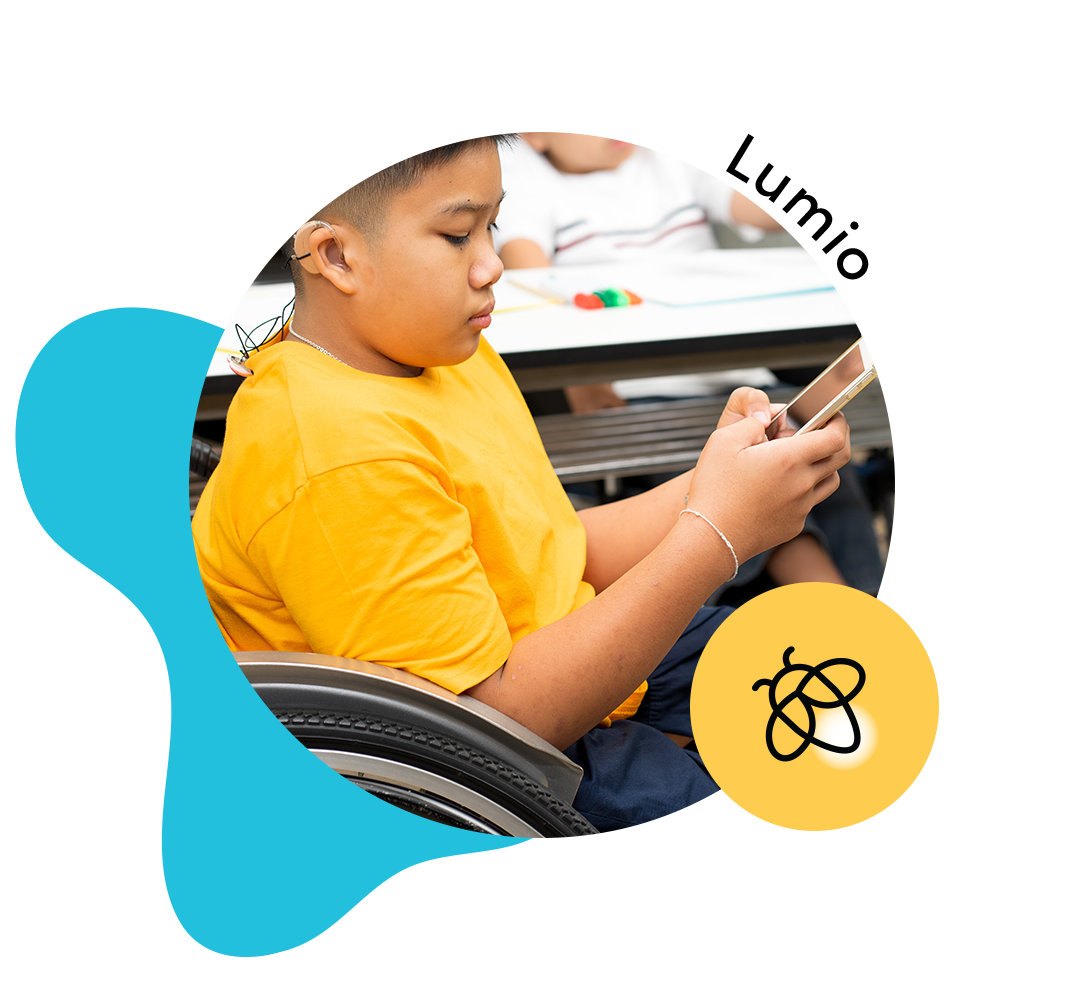In the future, educators and students will look back on 2020 as the year that changed the classroom experience. As I recently shared with Victor Rivero of Edtech Digest, my conversations with educators across the world are continually inspiring and consistently showcase the creativity and determination happening in schools and classrooms as they grapple with impacts of the pandemic. 2020 is the year that — out of necessity — made the integration of education technology in the blended learning experience mainstream. It’s when the world acknowledged the wide digital access gap and sought to correct it by making broadband internet more accessible and distributing tablets and laptops to students who need them. And it’s when students, with help from their families and teachers, took more ownership over their learning. Of course, a digital transformation has been underway for years in many of our schools, but 2020 forced widespread change at a rapid pace.
With that in mind, here are seven trends to look for in 2021:
1. A higher bar for integration in education technology
A recent analysis of education technology usage found that districts are using an average of 1,327 edtech products — including more than 70 tools just for math and English language arts — with many using more than one learning management system and single sign-on provider. This is clearly too much for teachers, who already are struggling to adapt brick-and-mortar lesson plans for hybrid learning models or online-only instruction.
Before the start of the 2021-22 school year, teachers will insist on better working conditions — i.e., a more integrated tech environment — and their unions will serve as strong advocates for making that happen. Together, they’ll pressure education technology companies to consider teacher workflows in a more intentional way. Companies will respond to the outcry by devoting more energy not only to product integration and training, but to providing pedagogy-driven support that thoughtfully supports teachers integrating technology into their teaching.
At SMART, we’ll continue working with peers across the sector to integrate. I hope we see other companies doing the same.
2. The use of technology in education to support jobs — and life — satisfaction and flexibility
Pre-pandemic, many districts faced teacher shortages and struggled to retain teachers. Could teachers, at some point in the school year, have the option to teach remotely? This kind of flexibility, which we’re likely to see in other sectors, could contribute to better job satisfaction, and perhaps enable other life goals and responsibilities, like caring for an aging parent or even exploring a new city.
 Conversely, teachers can use online instruction to cater to families who travel frequently or students who have special considerations that prevent them from attending in-person classes regularly.
Conversely, teachers can use online instruction to cater to families who travel frequently or students who have special considerations that prevent them from attending in-person classes regularly.
Once coronavirus vaccines are administered and travel restrictions are lifted, I hope we see more district leaders embrace flexibility for how learning is delivered, and think about creative ways to ensure great teachers can stay with their districts.
3. Increased emphasis on student data privacy
The mandate to protect student data should be front and center in any discussion of a district’s use of technology. That wasn’t the case in the spring, when many districts had less than two weeks to prepare for blended learning. But administrators, teachers and families shouldn’t have to spend their days monitoring educational technology for potential privacy violations.
And in the future, they won’t have to. As education in the era of COVID-19 enters a new semester, districts will demand products that can guarantee student privacy. Those companies will respond by locking down data on some of the most vulnerable platforms, including videoconferencing, artificial intelligence and devices. Also, look for stricter contracts governing the use of data by third parties.
4. More ownership of student data … by students
From kindergarten to 12th grade, students generate a tremendous amount of data — and not just in the traditional sense of grades, standardized test scores, medical records and disciplinary reports. Even before the pandemic, students lost access to their online learning portfolios after graduation, as did advanced technology students who built databases, wrote code and created 3-D portfolios. Today, they have  significantly larger digital footprints thanks to blended learning, and many will want to continue their projects in college or the workforce.
significantly larger digital footprints thanks to blended learning, and many will want to continue their projects in college or the workforce.
The recent movement toward portability of student data — data about them and created by them — will only accelerate. I hope districts and education technology companies work together to allow students to keep their personal IP addresses, moving student-created projects into the cloud and giving students “digital backpacks” that contain their learning profiles and personal data.
5. Hardware becomes more invisible
I envision a world in which technology is like oxygen – it’s all around us and yet we don’t have to think about how to utilize it. This is most important in education where teachers have enough to navigate daily — their technology should be as simple and standard a fixture as desks or books, and SMART Flat Panels as accessible and intuitive as their living room TV. Soon, classrooms will operate more like studios, with more sophisticated equipment that’s in tune with a teacher’s delivery needs for blended learning.
6. Classroom audio evolves
In the era of COVID-19, classroom connectivity may be king, but having high-quality audio is crucial. For blended learning approaches to work well, teachers and students alike need to be able to hear voices clearly, a feature that has eluded most teleconferencing tools. Look for schools to invest in high-end microphones and speakers as remote learning continues after the pandemic subsides.
7. Classrooms become healthier
COVID-19 has ensured that blended learning will be a part of education in the future. But the traditional classroom experience will forever be part of K-12 instruction. Given what we now know about risks and responses to public health crises, districts will push for school construction that has built-in features that make classrooms healthier and safer. That includes filters, UV lights, hand sanitizers and automatic temperature measurements. Architects will design brighter, sunnier schools and give more thought to keeping them clean and sanitized with ease.
Find more insights and inspiration for 2021 at the upcoming Global Edu Summit! Learn more & register today.








